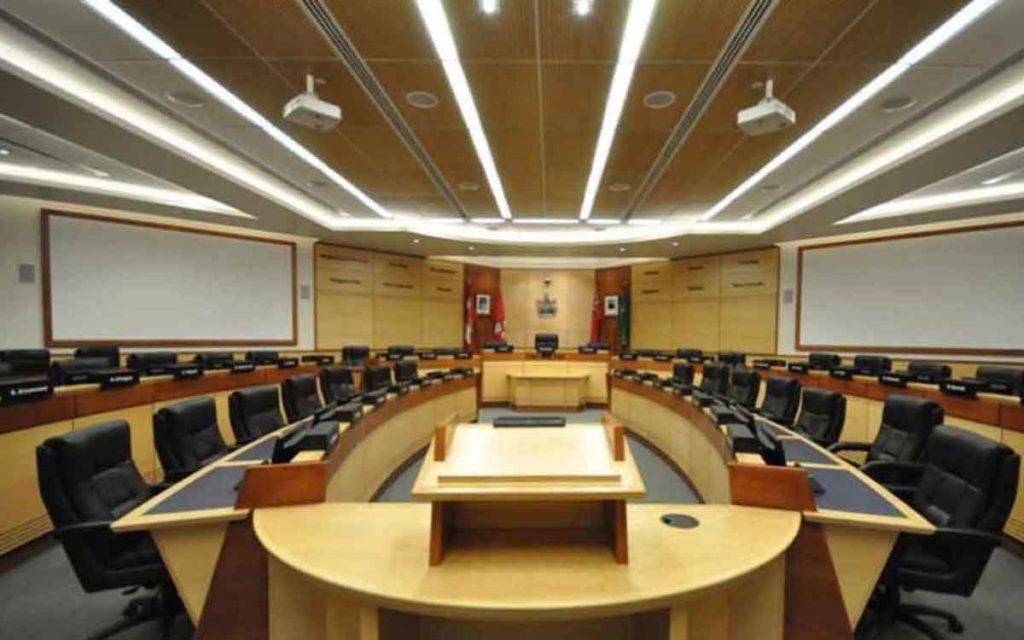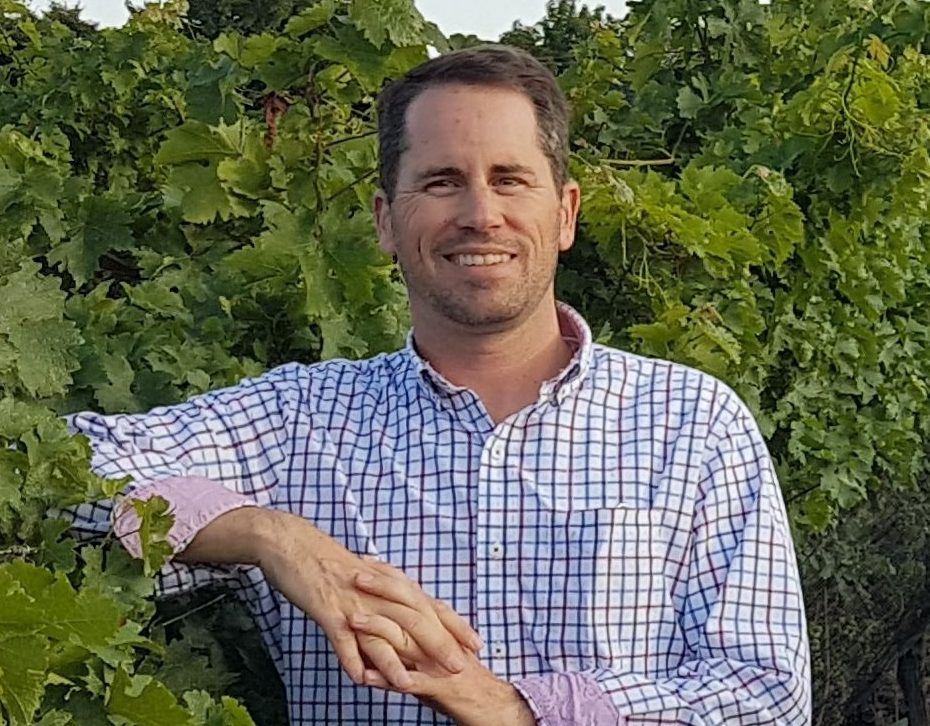
The last meeting of Regional Council in 2020 saw the resurfacing of the Burgoyne Bridge forensic audit conducted by the previous term of Regional Council.
Councillors will now have access to the 2018 forensic audit to review its findings in light of the recent KPMG non-competitive procurement audit and the January 2020 procurement audits conducted by the now defunct Department of Internal Controls and Organizational Performance (ICOPS).
Niagara Falls Regional Councillor Bob Gale, who spoke at length over the repeated controversial findings of a number of procurement audits, told council that there is a common theme amongst all of them.
“At Public Works Committee, a Councillor says there is nothing nefarious going on,” Gale said. “My response is – five consecutive audits over four years say different.”
“So when people are attacking my integrity because I am asking questions about procurement, I would hope they read the Burgoyne Bridge value-for-money audit, the Burgoyne Bridge forensic audit, the two audits received by Audit Committee in January, and the recent KPMG audit we received last week.”
“They all have the same themes.”
When asked to circulate the Burgoyne Bridge forensic audit to the new councillors elected in 2018, Region Solicitor Donna Gibbs and acting-CAO Ron Tripp offered that instead of staff circulating the forensic audit, that Regional Councillors could attend Niagara Region headquarters to review the document in person to ensure confidentiality.
“The recommended process was Council to attend to receive a copy as opposed to having the document issued by email,” Gibbs advised. “Certainly staff would comply with that direction [e-mail circulation], but it was simply a caution with respect to the confidential nature of the audit.”
“The recommended advice would be to review the document here,” Tripp added. “But if Council wants to have a copy of it, I suggest they pick up a hard copy from us as opposed to circulating electronically.”
A number of Councillors questioned why they were not able to receive a copy of the forensic audit, pointing out they routinely are sent confidential documents electronically.
After discussing the best circulation method, Council opted to direct staff to contact each councillor to determine their preferred method of forensic audit distribution whether it be via courier, electronically or reviewing it on-site at Niagara Regional headquarters.
Once the dust settled on the Burgoyne Bridge forensic audit discussion, Regional Council also turned its head to establishing its Chief Administrative Officer (CAO) recruitment committee that will be tasked with hiring the Niagara Region’s next permanent CAO. Commissioner of Public Works Ron Tripp has held the acting-CAO role since late 2018.
Council appointed Regional Chair Jim Bradley to head the committee, and appointed Pelham Councillor Diane Huson, Fort Erie Mayor Wayne Redekop, Lincoln Councillor Rob Foster, and West Lincoln Councillor Albert Witteveen.
The make-up of the committee is such that no Councillors from Niagara’s largest municipalities (Niagara Falls, St. Catharines and Welland) are included on the committee. Regional Chair Jim Bradley, who was originally elected from St. Catharines in 2018 and appointed Chair by Regional Council was selected to lead the committee. Three of the four councillors appointed are first-term councillors.
According to the staff report, the committee is set to hold its first meeting at the earliest opportunity in 2021 and will begin the procurement process for an external executive search firm.

Kevin has spent over two decades as a public relations professional in a variety of sectors including professional sports, the arts, industry and healthcare. After tiring of the daily commute to Toronto he returned to Niagara and launched The Niagara Independent, an online news source published twice weekly.
He is a graduate of Brock University, Niagara College and the Richard Ivey School of Business. He was named one of Niagara’s 40 Under Forty in 2005.
Kevin is most proud of his twin daughters. He is also a triathlete and four-time Ironman finisher.




















